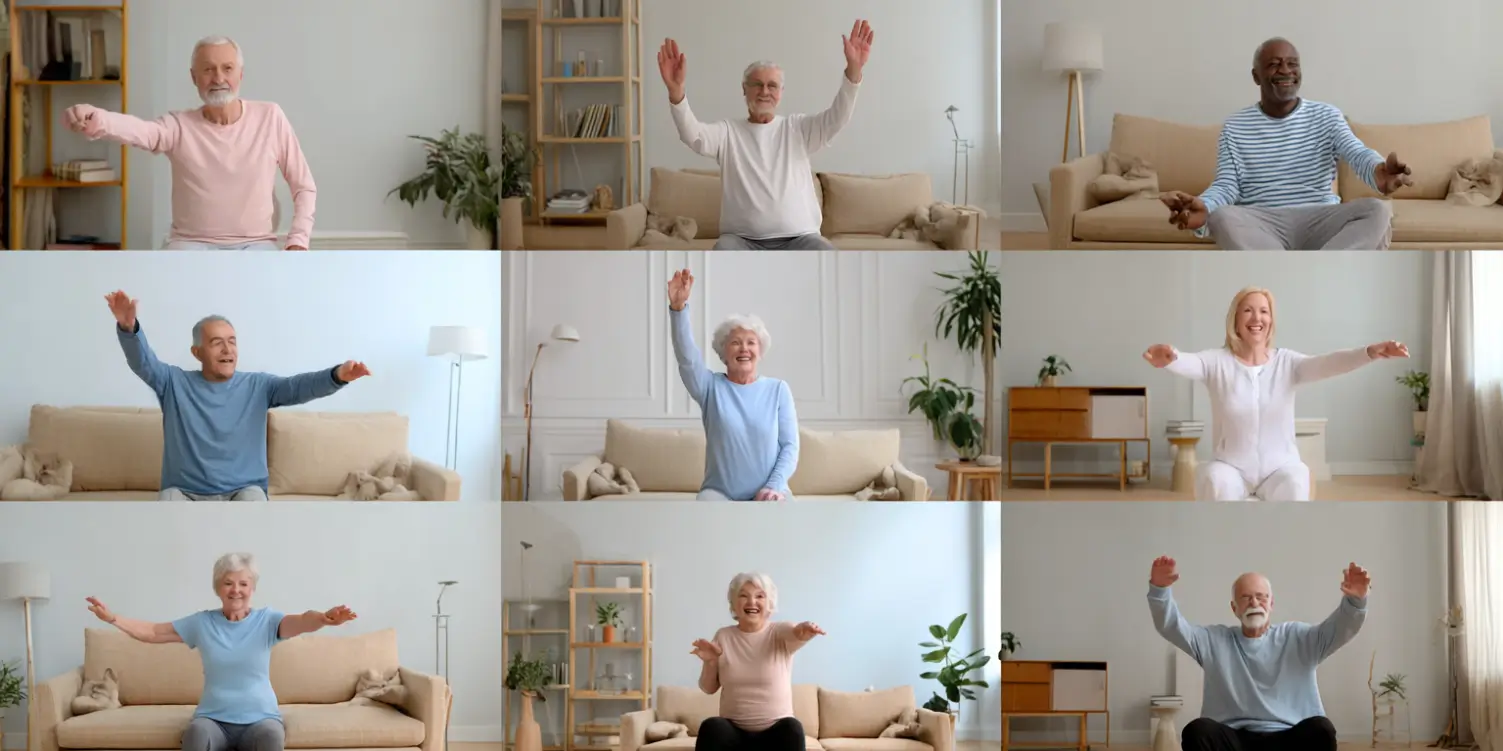Embracing Strength Training in the Golden Years
As we age, maintaining muscle mass and strength becomes crucial for overall health and independence. Strength training offers a host of benefits for seniors, from improving mobility to boosting mental health. Yet, it’s often an overlooked aspect of wellness in the later years of life.
The Importance of Strength Training for Seniors
One of the primary benefits of strength training for seniors is its ability to combat age-related muscle loss. This condition, known as sarcopenia, can lead to weaker muscles and decreased physical function. By engaging in regular strength training exercises, seniors can slow down or even reverse this process, enhancing their ability to carry out everyday activities with ease.
Moreover, strength training increases bone density, reducing the risk of fractures and osteoporosis. This is particularly important for older adults, as falls are a leading cause of injury. Additionally, the routine can aid in managing weight, improving cardiovascular health by lowering blood pressure, and enhancing glucose control, which is beneficial for those living with diabetes.
Getting Started Safely
Before embarking on any new exercise regimen, it’s advisable for seniors to consult with a healthcare provider to tailor a plan that suits their individual health needs. Ensuring a safe environment, especially with home workouts, is also crucial. Stability and support can prevent accidents and help in focusing on the form.
Initial strength training exercises should start with low resistance, gradually progressing as strength improves. Using resistance bands or light dumbbells are excellent starting points. It’s essential for seniors to pay attention to their body’s cues and avoid pushing through any pain.
Recommended Exercises
A variety of exercises can help seniors build strength safely. Here’s a list to consider:
- Chair Squats: A simple yet effective lower-body workout. Sit on a chair and stand back up without using your hands to push off of.
- Wall Push-Ups: A gentle upper body exercise using the wall for support to strengthen arms and shoulders.
- Toe Stands: Stand on your tiptoes to build calf strength and balance. Hold onto a sturdy surface if needed.
- Seated Rows with Resistance Bands: Target the back and shoulders by pulling resistance bands towards your chest while seated.
- Leg Raises: While sitting, straighten one leg and hold it parallel to the ground to strengthen the quadriceps.
Each exercise can be performed in sets of 8-12 repetitions, ensuring adequate rest between sets. Seniors should aim to incorporate these exercises 2-3 times per week for optimal benefits.
Mental and Emotional Benefits
Beyond physical advantages, strength training significantly improves mental health. Regular physical activity releases endorphins, which can enhance mood and reduce feelings of anxiety and depression. For seniors, this is particularly valuable as it can combat feelings of isolation and improve overall quality of life.
Furthermore, setting and achieving personal fitness goals through strength training can bolster self-confidence and provide a sense of accomplishment, promoting a more positive outlook on the aging process.
Community and Social Engagement
Strength training also presents opportunities for social interaction, whether through group classes or community center programs designed for seniors. Engaging with others in a social setting can increase motivation, adhere to a routine, and forge new friendships.
For those unable to attend group sessions, online communities provide a platform for sharing progress, tips, and support, making strength training an inclusive activity even for those with mobility restrictions.
Incorporating strength training into a senior’s lifestyle is a proactive step towards maintaining independence, improving health, and enhancing life’s enjoyment. With proper guidance and perseverance, seniors can not only anticipate a future with greater strength and vitality but also embrace a lifestyle that values both physical and mental well-being.






